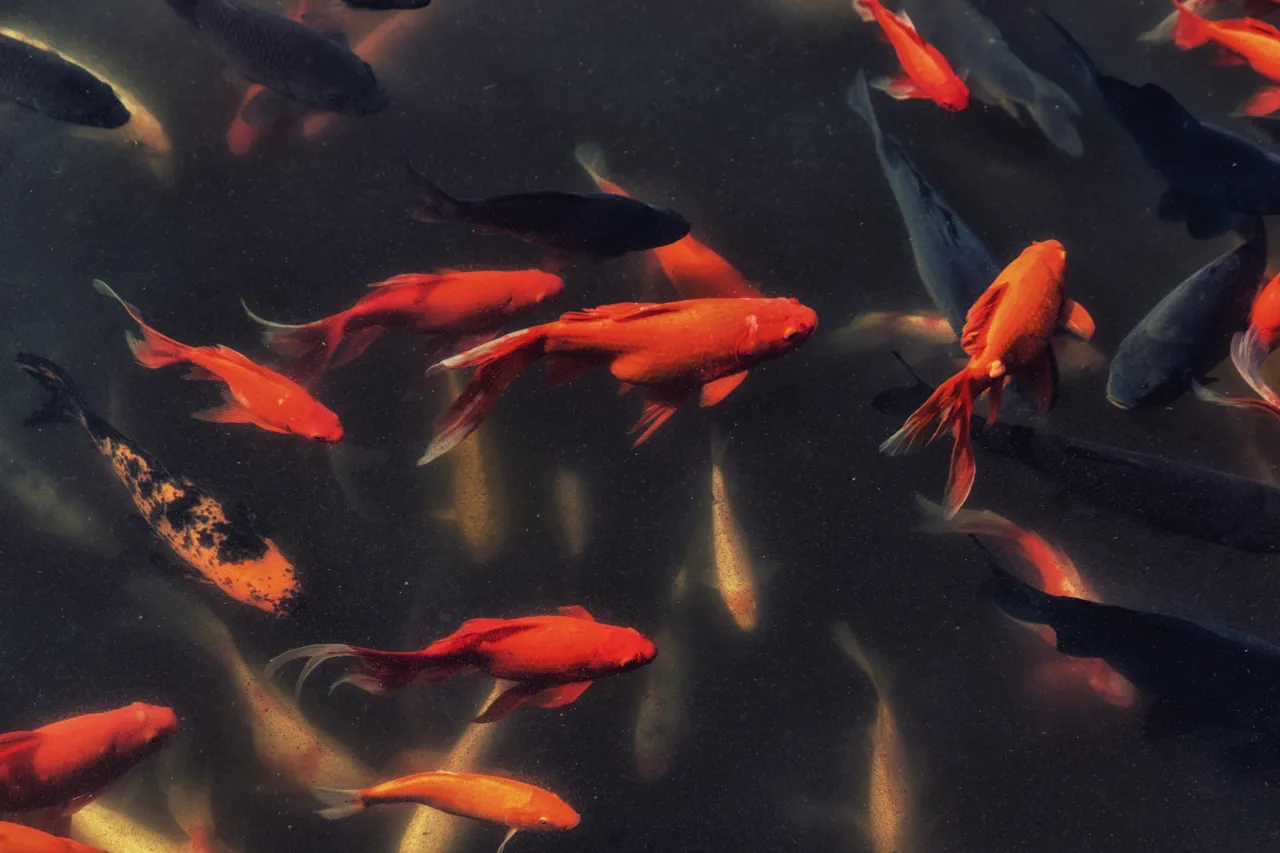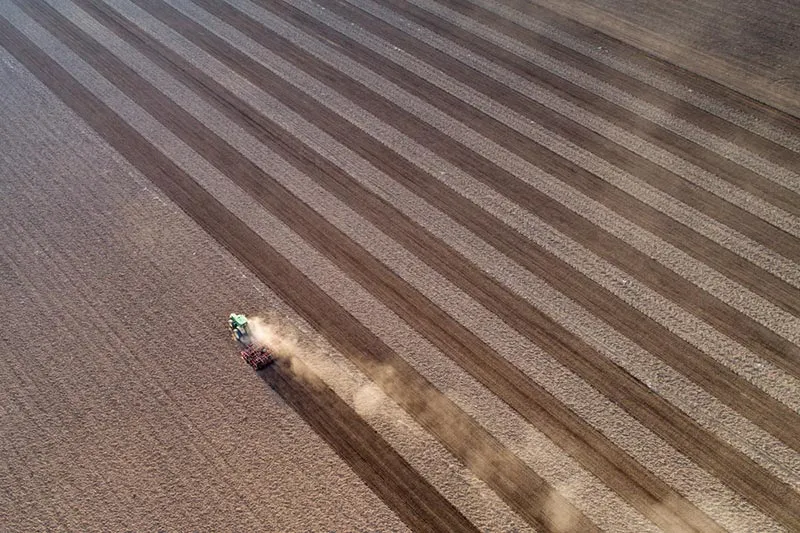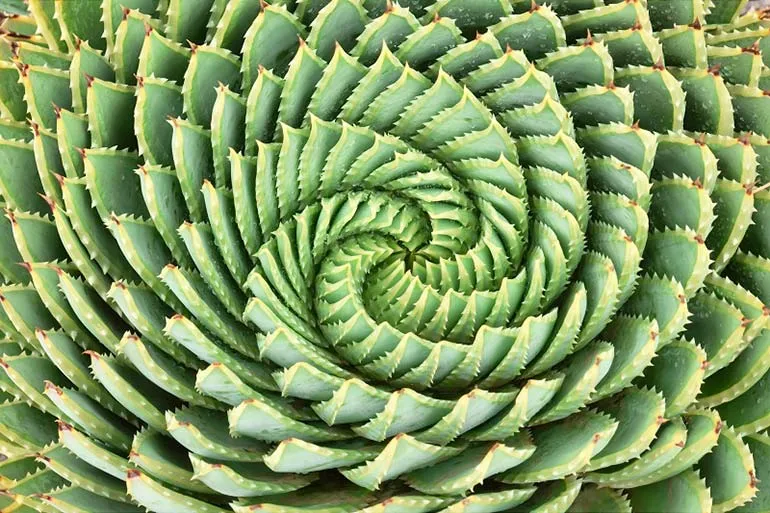Drone Photography: Basic Tips to Improve Your Aerial Images
Photography has always been an opportunity to see the world from a new perspective. Aerial photography is probably the essence of this concept — it shows us a view we could not see otherwise. It gives a unique perspective to familiar objects and scenes, helping to explore them from unknown angles.
Used for everything from territory mapping to artistic endeavors, aerial photography stands at the intersection of geography and art. The result is almost always spectacular — what may seem usual from the ground usually looks strikingly unusual from above. That’s why aerial photography has become one of the most popular photography areas in recent years.
Drones give photographers an edge, allowing them to explore the creative potential of new viewpoints without renting a helicopter. Yet, even though aerial photography has become much more affordable with the availability of drones, it’s still challenging and intimidating for many artists. Indeed, learning how to pilot and navigate a camera in the sky is not difficult, and can be a compelling new ability to add to a photographer’s skill set. With the simple tips we have prepared for you, you’ll be able to understand how to start and succeed as a drone photographer. Let’s dive in!
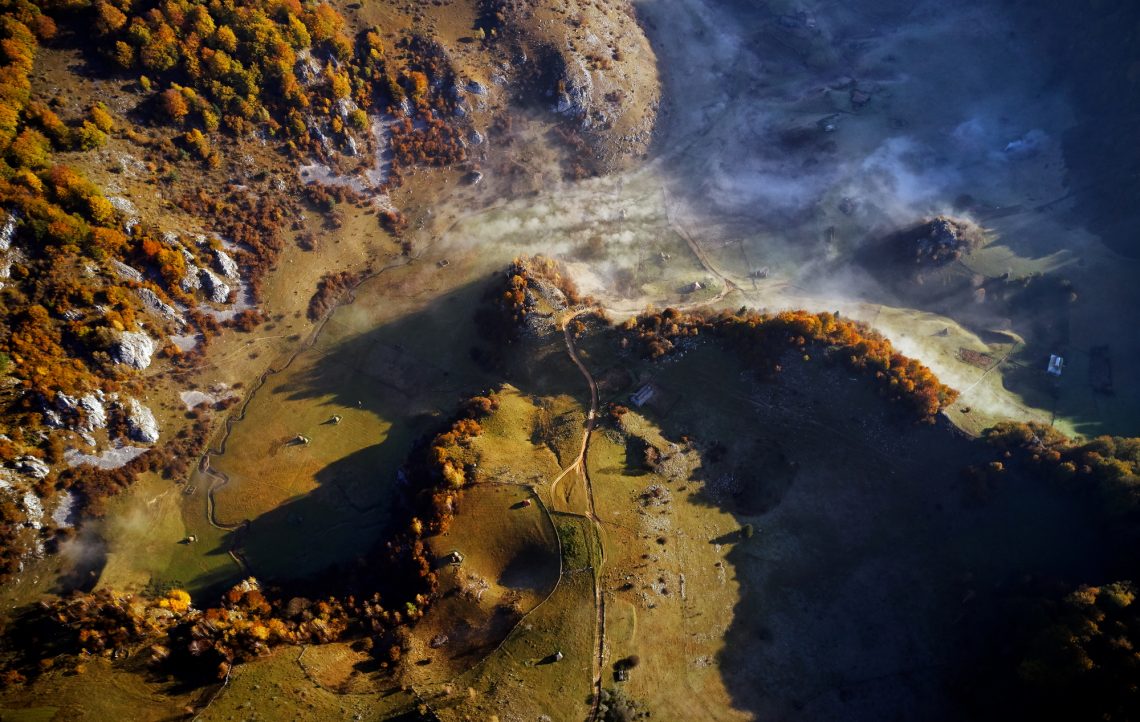
What is aerial photography?
In a broad sense, aerial photography describes images taken from the air. They can be captured from a helicopter, a plane, or with the help of a drone. Initially, it was used for creating topographic maps and for military purposes, and it is still a valuable data source for many forms of scientific research. At the same time, aerial photography has grown into an exceptional photography genre, providing artists with new ways of seeing. A common misconception is that aerial photography is limited to landscape images. However, you can take bird’s-eye photos of architecture or a particular event, such as a wedding or graduation, capturing the beauty of ordinary things from high above.
For a long time, aerial photography was taken only from a helicopter or a plane, making it too expensive for the average photographer. Happily, the relative affordability of drones has revolutionized photography, launching a new era for the genre.
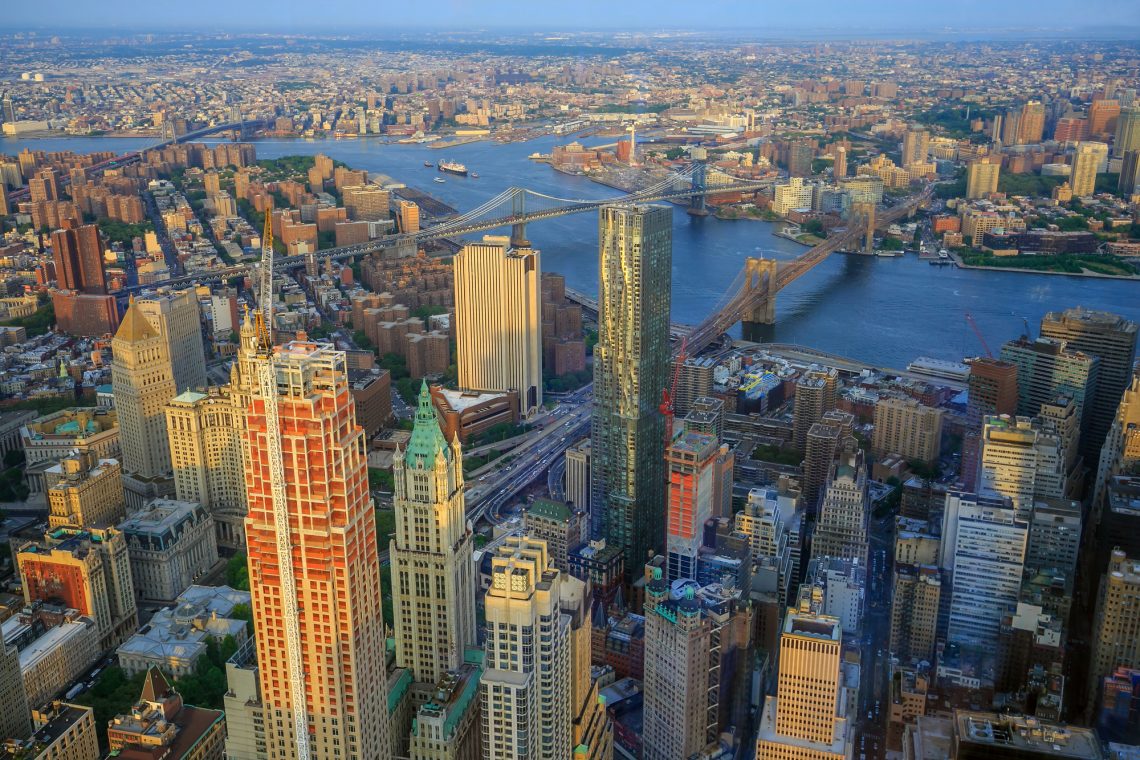
Types of aerial photography
Aerial photographs tend to fall into two categories.
- A top-down (also called vertical) photograph is taken from directly above the ground as vertically as possible. Because of this setup, this type of aerial photography offers limited perspectives. However, vertical pictures are typically taken from greater heights than oblique ones, which allows a photographer to capture the bigger picture.
- An oblique photograph is taken with the camera axis directed at an inclination to the surface, often around 45 degrees. Oblique photographs are usually taken from lower elevations, making them ideal for uniquely shaped features that can’t be accurately captured with a vertical image.
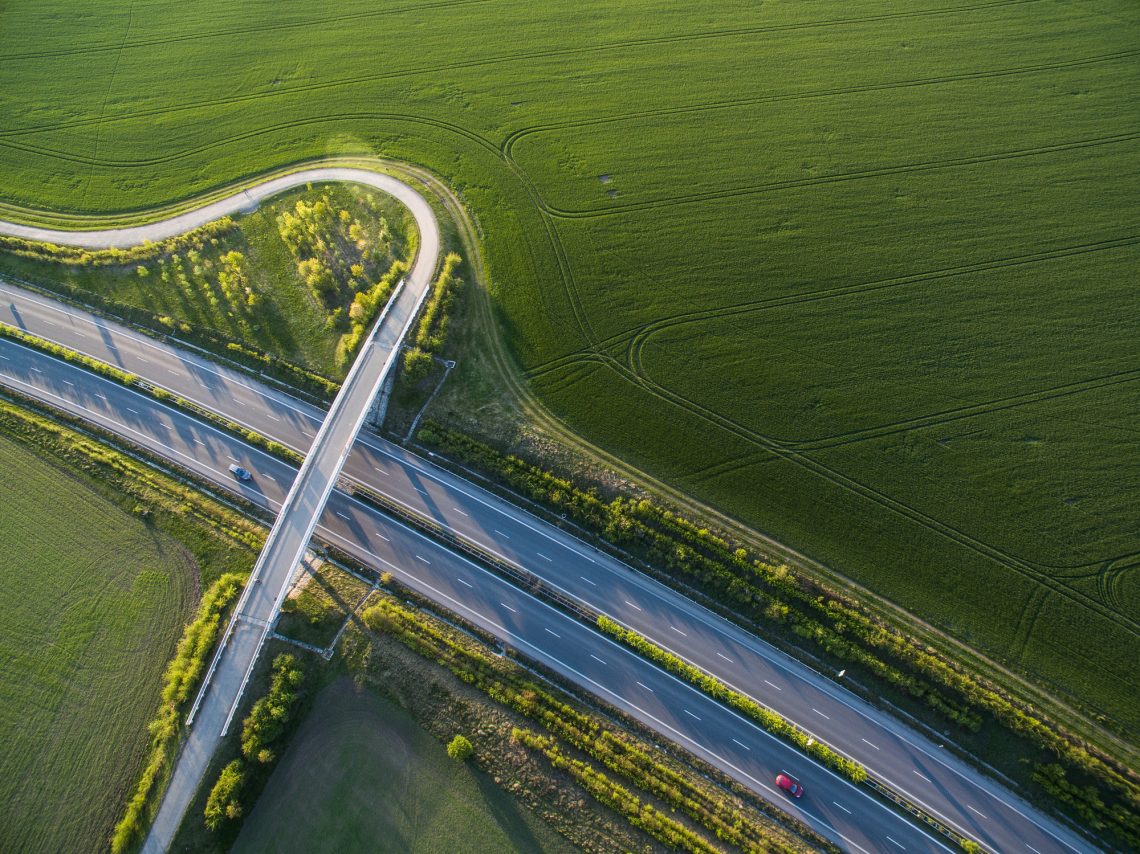
Top aerial photography tips
1. Chose the right gear.
A simple Google search for “drone” will show you a staggering number of drones available. The two most prevalent types of drones include onboard or built-in cameras or allow you to attach your own camera. Drones with onboard cameras are often bigger, and their cameras usually don’t have a very high resolution, which can compromise the quality of your images. Smaller drones that allow you to attach your camera, such as a GoPro, may be easier to control because you already know how to use your camera and simply need to learn how to fly a drone.
2. Explore your drone’s potential.
Studying the instruction manual isn’t quite as interesting as flying your drone across the sea or over mountains, but if you want to master aerial photography, you should read it. Everything you need to know about your drone is in that book. It will answer many questions you might not have even realized you had. Knowing what you can and cannot do with your drone will allow you to spend more time improving your shots.
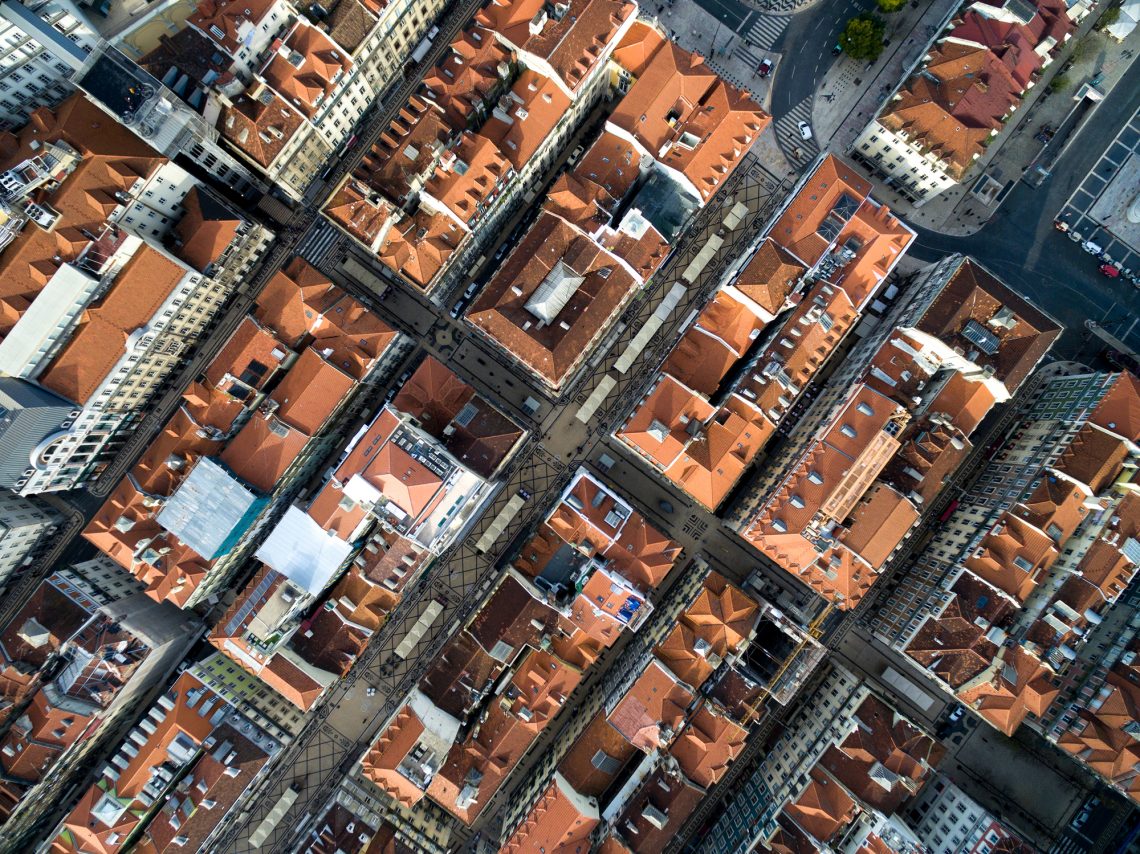
3. Don’t forget accessories.
Drones, like any other gear, also have different add-ons that you can use to improve your flying skills or increase the quality of your photos. Among them are:
- Extra batteries
- Additional Propellers
- Propeller Guards
- Extra SD cards
4. Take a test drive.
Every drone model is unique and, thus, flies differently. Taking your new drone out to an open area, without crowds of people, buildings, and cars, will allow you to get the feel of the controls, all while minimizing the risk of damaging your drone. Drone piloting, like any other photography technique, requires some practice. Ensure you know how to fly a drone before attaching a camera. Then test-drive with your camera attached, too, to experience the added weight and get some practice taking trial photos on the move.
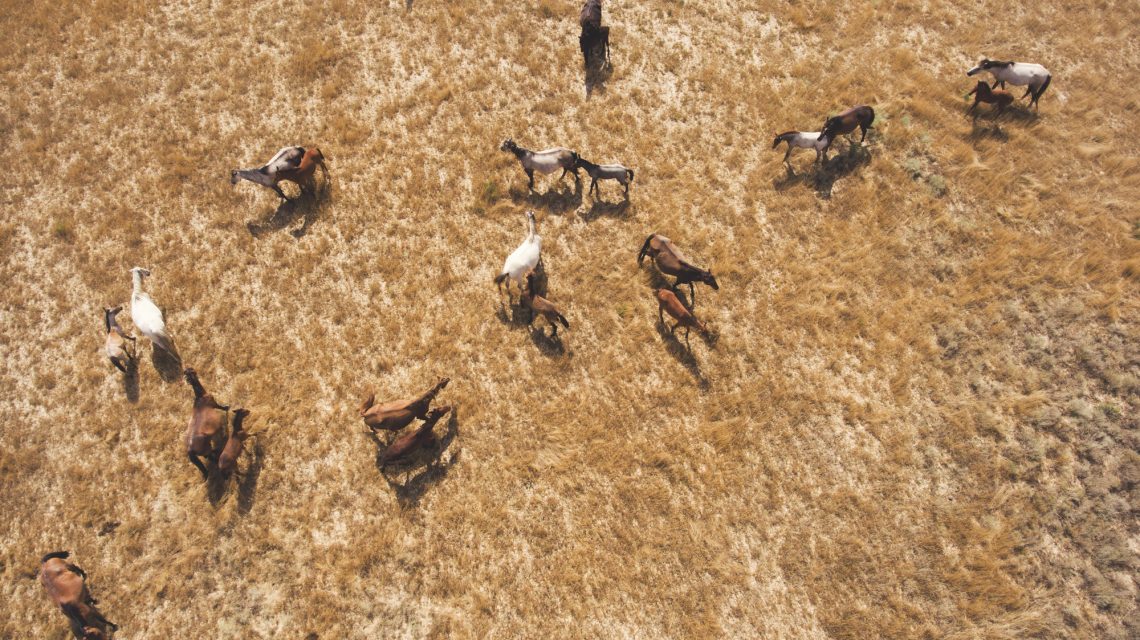
5. Plane your flight.
One of the most challenging aspects of drone photography is planning your shoot. How do you know what scenes to capture unless you’re actually “up there”? You must be in the right area to capture great subjects and locations with your drone. Before shooting, check Google Maps or Google Earth for likely subjects.
6. Think about composition.
Like any other photography genre, aerial photography benefits from excellent composition. While finding the perfect angle with the camera attached to a drone is more complicated, it’s still achievable. Basic composition rules also apply to drone photography. Just remember to take advantage of as many camera angles as your drone allows.

7. Be careful.
It’s crucial to understand where and how you can pilot drones. Keep a safe distance from people, buildings, cars, and other objects to avoid any harm or property damage. Be informed about the laws involving drones in your country, and fly only in areas where it is permitted. Don’t fly over private property unless you have permission, and be aware of how your flight affects the experience of others.
7 influential aerial photographers to follow
Looking at others’ work is essential for finding inspiration and improving your skills. Here are the most influential photographers we highly recommend following if you’re interested in aerial photography:
Albert Dros
View this post on Instagram
Jeffrey Milstein
View this post on Instagram
Sebastian Müller
View this post on Instagram
Stian Klo
View this post on Instagram
Bachir Moukarzel
View this post on Instagram
Tom Hegen
View this post on Instagram
Dennis Polkläser
View this post on Instagram
To wrap up
Aerial photography is a gateway to new perspectives. It offers an opportunity to explore the world from new viewpoints and see ordinary things differently. Whether you create your image a few meters or several hundred meters off the ground, you’ll always come up with exciting results. Drones can shoot objects and landscapes from locations and angles never seen before, providing you with unique flexibility. If you haven’t yet explored this opportunity, hop on board! You might not master aerial photography overnight, but with a bit of practice, planning, and the right gear, you’ll be able to create extraordinary photos.
Other articles you might find interesting
An Ultimate List of 40 Photography Types to Learn and Master
Popular Travel Photography Tips and Trends
Creative Travel Photography With a Smartphone




